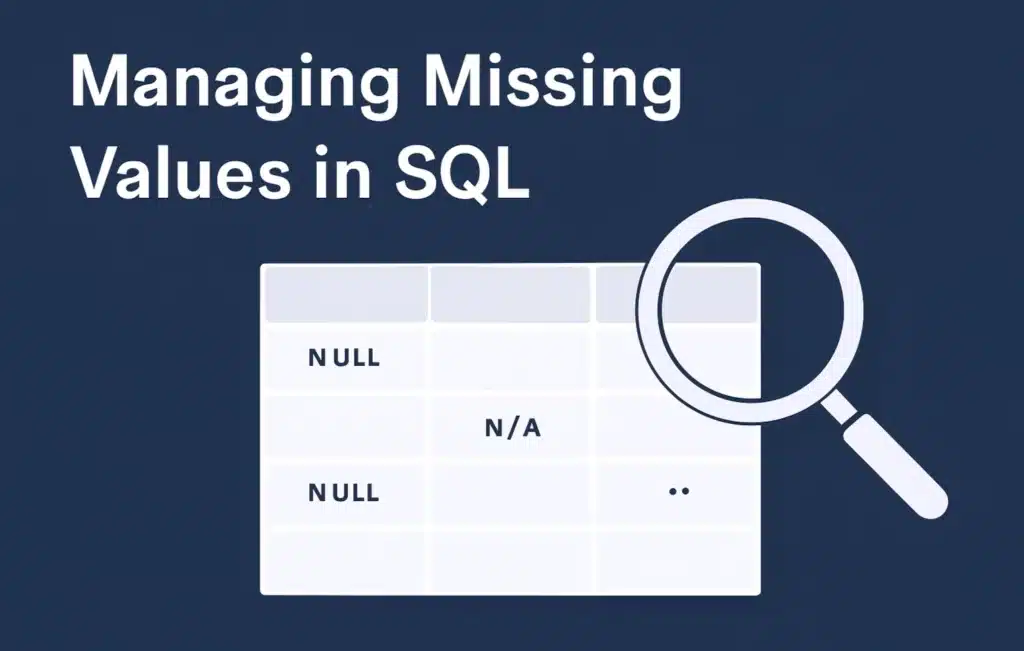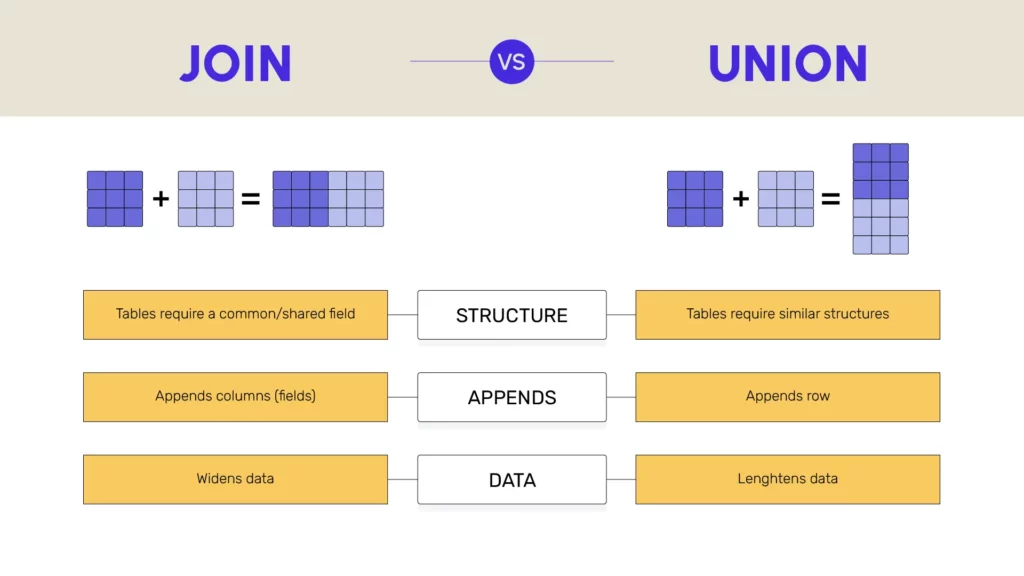SQL LIMIT and OFFSET: Controlling Query Results

In most contexts, a table can contain thousands or even millions of rows. If you run a query that returns all records, it can overload your database, slow down performance, and make debugging harder. To prevent unnecessary load and display only what you need, SQL provides tools to limit your query results — namely, the […]
Handling Missing Values in SQL: A Practical Guide

Missing values are one of the most common data quality issues. If not handled properly, they can bias your reports, skew insights, or hurt forecasting accuracy. In SQL, there are several ways to detect, interpret, and manage missing values depending on the context. 🔎 Step 1: Identify Missing Values Before you handle missing values, you […]
SQL Aliases: Simplify Your Queries

Have you ever read a SQL query with tons of subqueries and felt lost? Have you been in a situation where you found a SQL query hard to interpret and did not even know where to start? Spoiler: I have! This nightmare can be caused by a wide variety of reasons, and today, I am […]
Managing Table Data: INSERT, UPDATE, DELETE with SQL

Tables store data that can be used or referenced in the future. Over time, it is common to modify this data to ensure it remains relevant and up-to-date. In this article, you will learn three essential SQL commands to modify data: UPDATE, INSERT, and DELETE. UPDATE: Changing Existing Data The UPDATE statement allows you to […]
SQL UNION: A Comprehensive Guide to Merging Data Across Multiple Table

In the fast-paced world of data analysis, efficiency is key to maintaining productivity. As a Business Analyst, you’re constantly tasked with retrieving, cleaning, and analyzing large datasets to provide actionable insights for decision-makers. However, managing multiple tables, especially when they contain related data, can lead to redundancy and inefficiencies in your workflow. One simple yet […]


